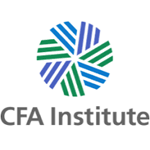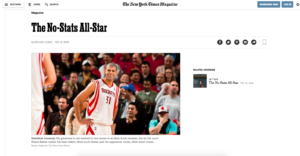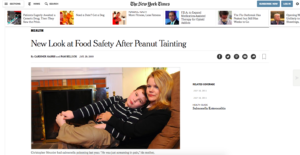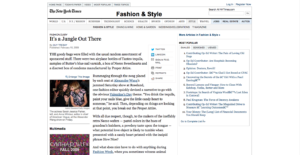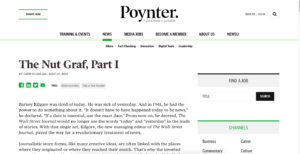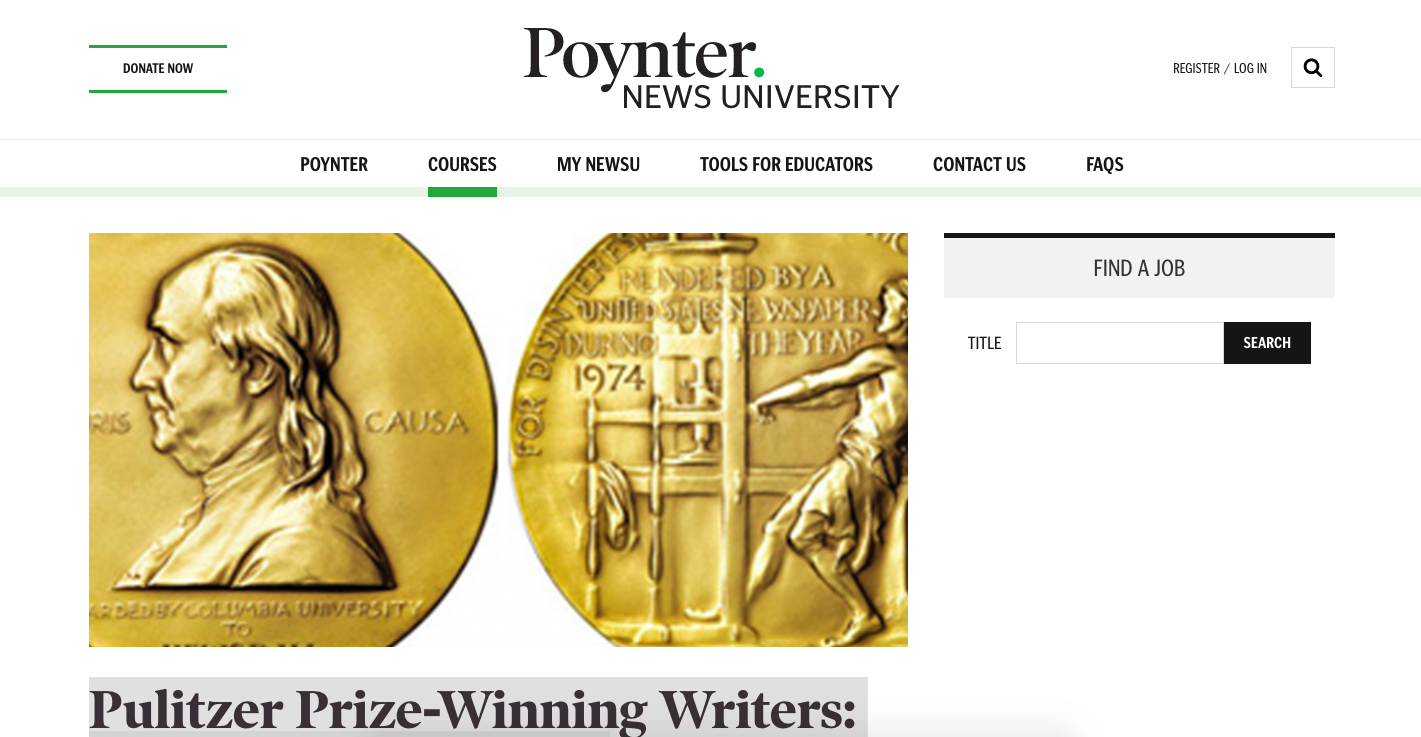On this page, I want to share tips for good writing and talk about my approach as a writing instructor.
First, what is the anatomy of a convincing story?
- Stage 1: Tease me, you devil (get me interested)
- Stage 2: Tell me what you’re up to
- Stage 3: Oh yeah? (prove it)
- Stage 4: I’ll buy it. Help me remember
Source: William E. Blundell –Based on the WSJ Guide
Different types of journalistic writing
Feature articles:
- Have a creative take or “slower” lead into the main point vs. news
- Have a beginning, a middle and an end
- Aim to inform in an entertaining way
- Must be convincing and structured
- Usually no first person
News articles:
- Present new information first
- Explain the who, what, where and when
- Put the new information into context with a context graph
- The corporate version of a “news” article is a press release
- May follow the inverted pyramid structure
External example: Hillary Clinton has clenched Democratic nomination
Opinion articles:
- Informs and persuades
- May use first person
- Must include convincing arguments
- First-person or institutional view
- May be blog style
External example: Scared by the news? Take the long view: Progress gets overlooked
My approach as a writing coach:
In my writing classes or coaching at German companies, I help people learn to take the journalistic approach, whether they are blogging for their company, writing articles for a customer magazine or creating web materials.
The focus is on how to structure material to tell better stories.
We discuss what makes a story engaging, how to find good stories and how to present them appropriately for the right audience.
My teaching:
- Is adapted for specific needs of individual writers
- Focuses on journalistic, narrative styles
- Includes individual/and small-group coaching sessions
- Can be live or via video
- Involves hands-on editing
- Focuses on improving texts that will actually be used by the client. The goal is to work with the writer to take texts to the next level – and to the finish line.
Rhea's Speechwriting Workshops
Click for details on Rhea’s speechwriting workshops.
Resources - Types of leads
Narrative leads
Anecdotal leads
Descriptive leads
Why nut grafs?
A nut graf is your context paragraph: The nut graf justifies the story by telling readers why they should care.
It explains – “You may have wondered why we invited you to this party?”
More:
The nut graf provides a transition from the lead and explains the lead’s connection to the rest of the story.
It often tells readers why the story is timely.
External Resource
More
Projects:
My work has appeared in:



